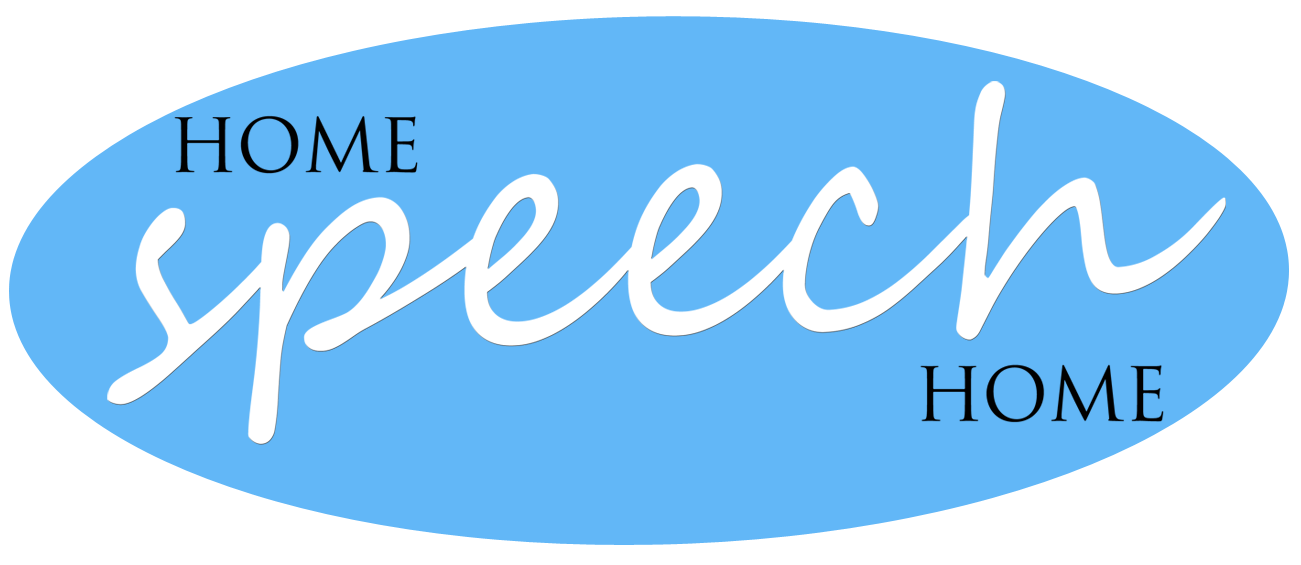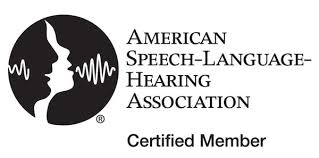
To use in your report, highlight text first then:
COPY
WINDOWS: Ctrl + C
MAC: Command + C
PASTE with no Formatting
WINDOWS: Ctrl + Shift + V
MAC: Shift + Option + Command + V
PASTE with Formatting
WINDOWS: Ctrl + V
MAC: Command + V
**Use for templates with tables**
Functional Communication Profile-Revised
The Functional Communication Profile – Revised was utilized to assess and rate the major categories of XXX’s communication, regardless of the form of communication (sign, nonverbal, augmentative). There is no scoring system. Rather, the profile gives an overall inventory of the individual's communication abilities, mode of communication, and degree of independence. The profile yielded the following information in these areas:
Sensory Motor: XXX was able to . He/She demonstrated difficulties
Attentiveness: XXX was able to XXX. He/She demonstrated difficulties
Receptive Language: XXX was able to . He/She demonstrated difficulties
Expressive Language: XXX was able to . He/She demonstrated difficulties
Pragmatic/Social Language: XXX was able to . He/She demonstrated difficulties
Speech: XXX was able to . He/She demonstrated difficulties
Voice: XXX was able to . He/She demonstrated difficulties
Oral: XXX was able to . He/She demonstrated difficulties
Fluency: XXX was able to . He/She demonstrated difficulties
Non-Oral Communication: XXX was able to . He/She demonstrated difficulties
(Be sure that subject/verb agreement and grammar is corrected when you copy/paste the information. (For example: XXX was able to look at desired object. He/She had difficulty looking at desired object.) Also, change the information as needed. For example< No difficulties with hearing or visual skills must be changed if the student has a hearing impairment.) You can add more detail depending on the results of your evaluation)
The Functional Communication Profile-Revised (FCP-R) yields an overall inventory of the individual’s communication abilities, mode of communication (e.g. verbal, sign, nonverbal, augmentative) and degree of independence. Clients are assessed and rated in the major skills categories of communication through direct observation, teacher and caregiver reports and one on one testing. The results for XXX include:
| Skill Evaluated | Skill to Copy/Paste for Strengths/Weaknesses |
| SENSORY/MOTOR- auditory, visual, gross-motor, and fine-motor skills and behavior | No difficulties with hearing or visual skills Adequate eye contact Accepts being physically guided Imitates motor movements unprompted, but is less precise with fine motor movements Inappropriate behaviors observed and reported Poor social boundaries (grabs/touches others, especially to get attention) Poor safety awareness |
| ATTENTIVENESS- attention span, alertness, response levels, cooperation, and level of awareness |
Adequate attention span when engaged in developmentally appropriate tasks/activities Almost never distractible Adequate level of alertness Impulsivity when responding, especially to picture-pointing tasks Adequate awareness of others Moderate awareness of environmental events Adequate cooperation |
| RECEPTIVE LANGUAGE- comprehension of verbal and nonverbal language and basic concepts, interest in pictures and objects, following commands, and object and two-dimensional recognition. |
Comprehends only familiar, direct requests in familiar situations |
| EXPRESSIVE LANGUAGE- verbal and nonverbal communication, manner and modality of communication, quality of self-expression, object use and interactions, cause and effect, vocabulary, grammar, and phrase length |
Nonverbal communicator or limited communcator Uses single words Uses sounds, gestures (e.g., pointing, reaching), eye gaze, sounds, facial expressions, manipulating others, and picture exchange system to communicate Expresses interests/preferences Operates items for cause and effect Plays with a variety of objects appropriately for developmental level Uses picture exchange, reaching, and pointing to express choices Whines and cries to express displeasure Smiles and laughs to express pleasure Does not express name or label objects Uses common gestures such as reaching, pointing, and waving |
| PRAGMATIC/SOCIAL LANGUAGE- communicative intent; questioning skills; conversational skills; turn-taking; topic initiation, maintenance, and elaboration; appropriateness of communication; reading/literacy; writing/spelling, and memory | Communicative intentions include requesting item/action, gaining attention, protesting/resisting, requesting assistance, calling/summoning adults, and interrupting others Initiates communication with adults frequently when one on one or in a small group in particular Unable to answer questions, even nonverbally Communication partners are primarily adults |
| SPEECH- intelligibility of sounds produced, dentition, and oral-motor imitation | Nonverbal with limited sounds and combinations vocalized Produces limited number speech sounds (e.g., vowels, b, p, m, t, n, y, k, g ) and non-speech sounds Imitates some oral-motor movements like opening and closing his mouth |
| VOICE- loudness, vocal quality, and pitch |
Excessive loudness at times and inappropriate to setting Nonverbal-vocal quality not assessed Nonverbal-vocal pitch not assessed |
| ORAL- mouth breathing, drooling, tongue thrust, and swallowing/diet |
Mouth breather Drooling absent Tongue protrudes during swallow Gastrotomy tube present |
| FLUENCY- fluency, rate of speech, and rhythm and intonation |
Nonverbal-fluency not assessed Slow/labored speech |
| NON-ORAL COMMUNICATION- use of sign language, two-dimensional expression, yes/no, fine motor abilities, and effectiveness of current augmentative or alternative communication disorders |
Uses picture exchange communication system from a field of multiple pictures to request items/actions from adults Expresses yes/no by accepting or rejecting items Current system of communication is effective for conveying preferences and wants |
The Functional Communication Profile-Revised is a criterion referenced communication assessment of students with developmental and acquired delays, across age ranges. Eleven major communication skill categories and related aspects are assessed including: Sensory/ Motor, Attentiveness, Receptive Language, Expressive Language, Pragmatic/Social language, Speech, Voice, Oral, Fluency, and Non-Oral Communication . The profile targets practical skills individuals with developmental and acquired delays encounter daily and summarizes the impact on the student from no impact (within normal limits) to profoundly impacting the student in their everyday communication.





